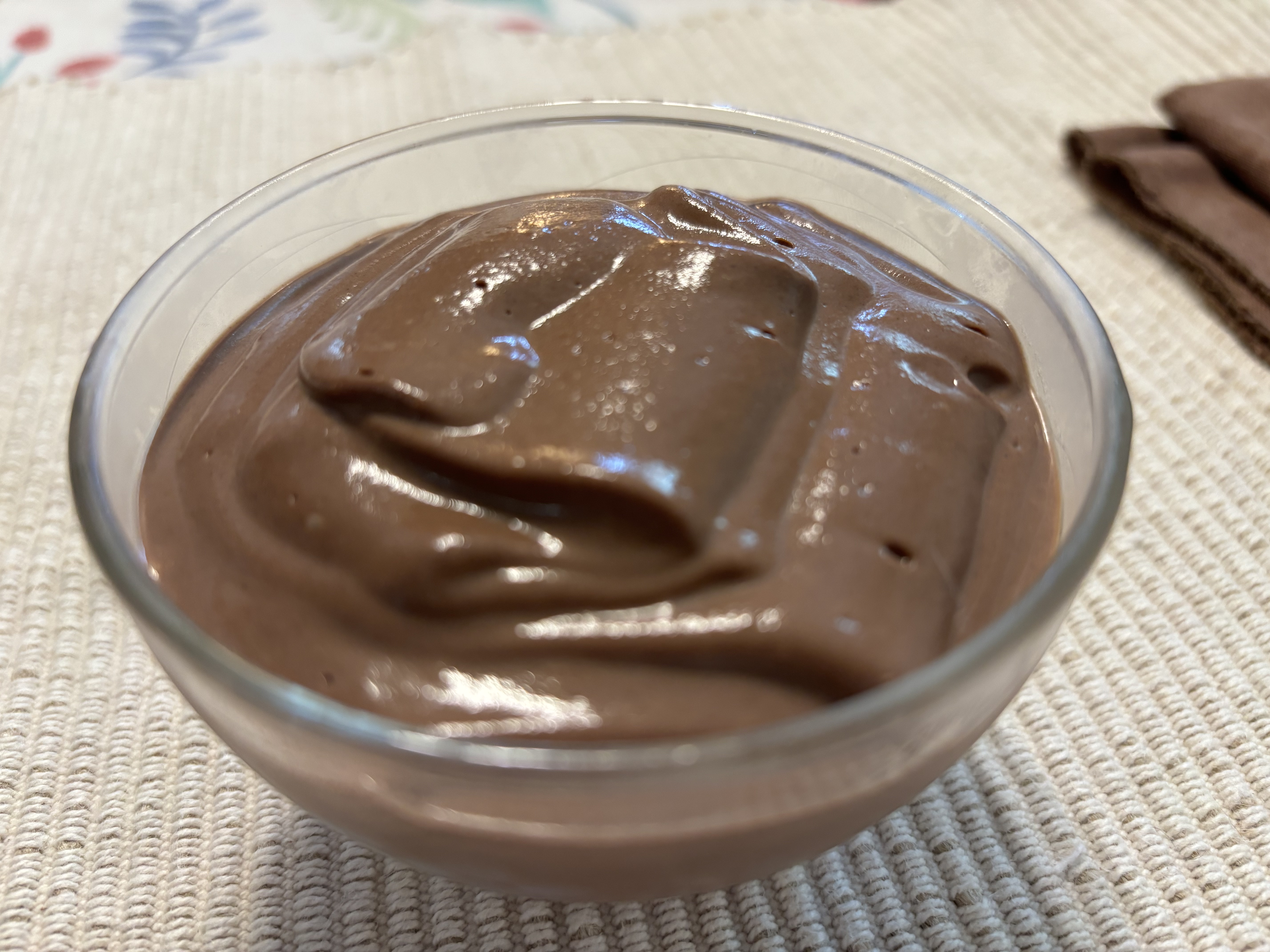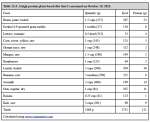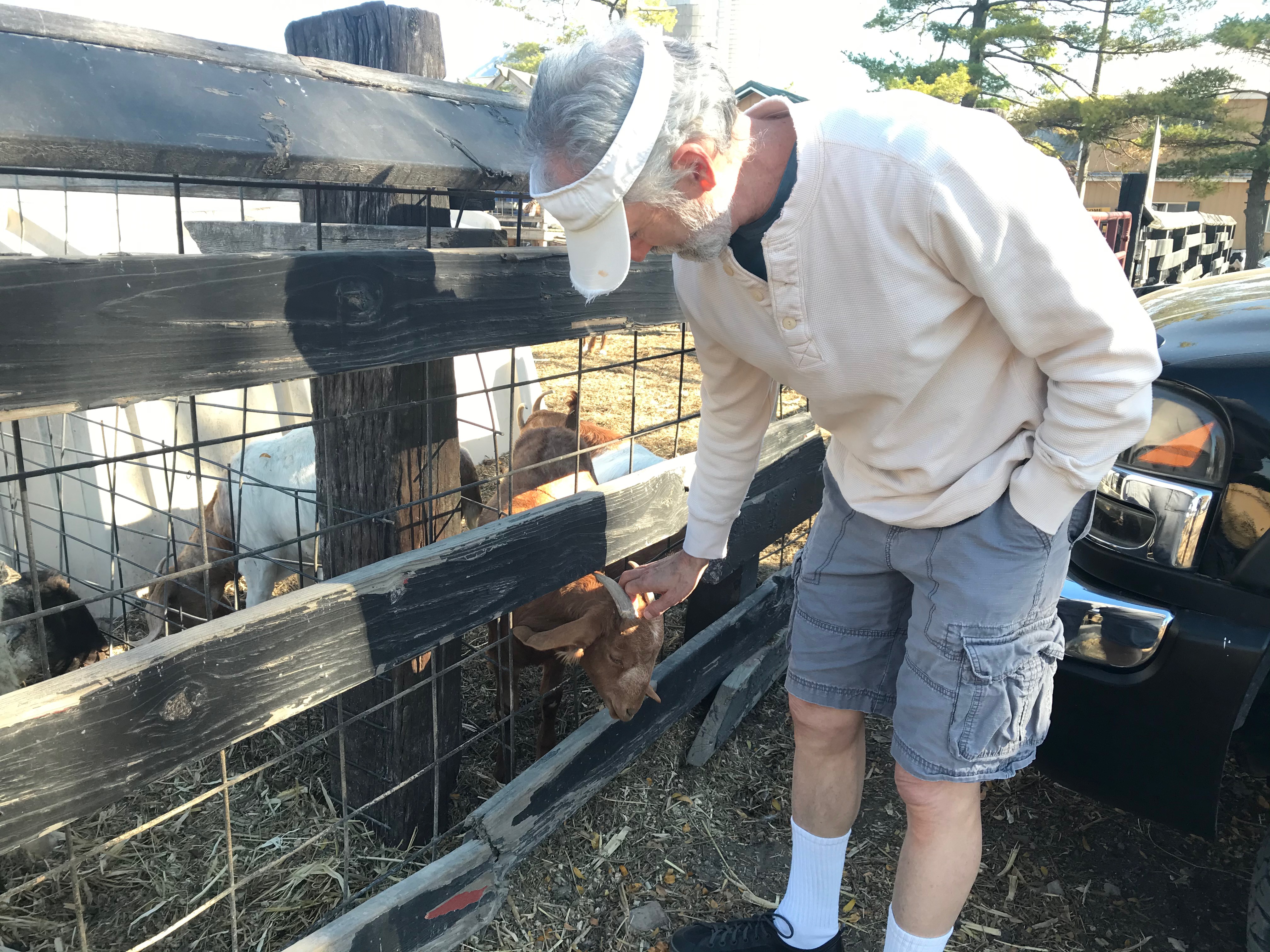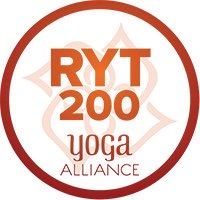Squats For Strength and Size
Squats are a fundamental human movement as well as a resting position.
To build great strength, mobility and muscle you need to squat. For strength and muscle mass, squat with resistance; for mobility, squat deeply for time.
The Gaining Strength program may include deep front squats, tuck split squats, or deep back squats for building strong and muscular hips and thighs. I think the best combination is front squat and some type of single-leg squat, such as the tuck split squat.
Back Squats
As I explain below, I think front squats are better that back squats in the long run, but if you do back squats , you should do deep high bar back squats.
Deeper squats load the quadriceps and buttocks in their most stretched position, which results in greater muscle activation and loading.1 Deeper squats also take the knees through a full range of motion, which is important for maintaining healthy knee cartilage.2
|
Deep high bar back squats train the hips and thighs with less external loading than low bar back squats. A more upright posture and deeper squat translates to less external loading which puts less stress on the lumbar disks and knees while maintaining a high work load on the hips and quadriceps.2 I review the research in favor of high bar squats here. |
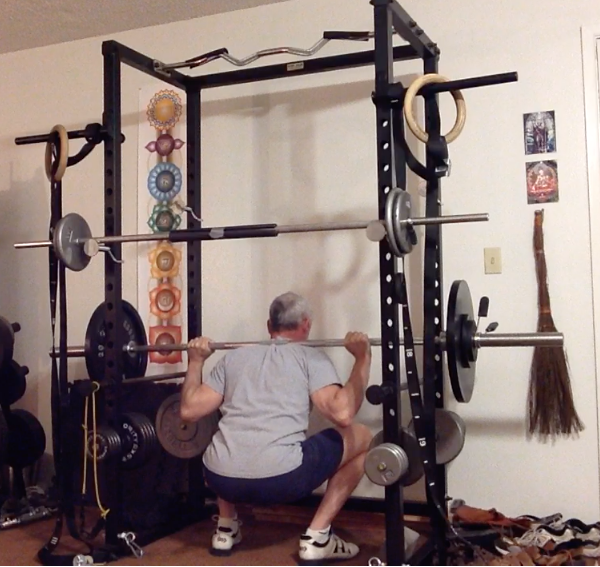 |
By deep, I mean as deep as you can manage with a neutral spine. If you can't squat deeply I recommend working on squat mobility.
To increase the safety of back squatting, move slowly and avoid locking out at the top. Take about 5 seconds to descend into the bottom, pause about a second, then squeeze upward, taking about 5 seconds to ascend. At the top, stop before your knees completely straighten, and smoothly turn around and repeat. You will not be able to use as much barbell load as if you moved more quickly, but you will actually develop more tension and fatigue in the hips and thighs – and thereby get better results with less external loading on the spine – by moving slowly.
Another way to further reduce the load needed for back squats is to perform them after doing front squats, single-leg squats, or Sisyphus squats. In the video below I demonstrate both how to perform barbell squats safely and use of front squats before back squats in order to reduce the load required for back squats.
But it is not necessary to do back squats at all. I have come to recommend front squats over back squats.
Front Squats
Front squats require a more upright posture than the back squat. As a consequence, deep front squats may be safer for the lower back and knees than back squats.5
|
In addition, the front squat may be superior to the back squat for training the lower back and abdominal muscles.6 Therefore I prefer front squats and tuck split squats in the Gaining Strength program. I recommend deep front squats because they develop more mobility than shallow squats, put less shear stress on the knees while training the cartilage through a full range of motion, put more load on the lumbar erector muscles, and require less external load resulting in less wear and tear particularly on the lumbar spine. |
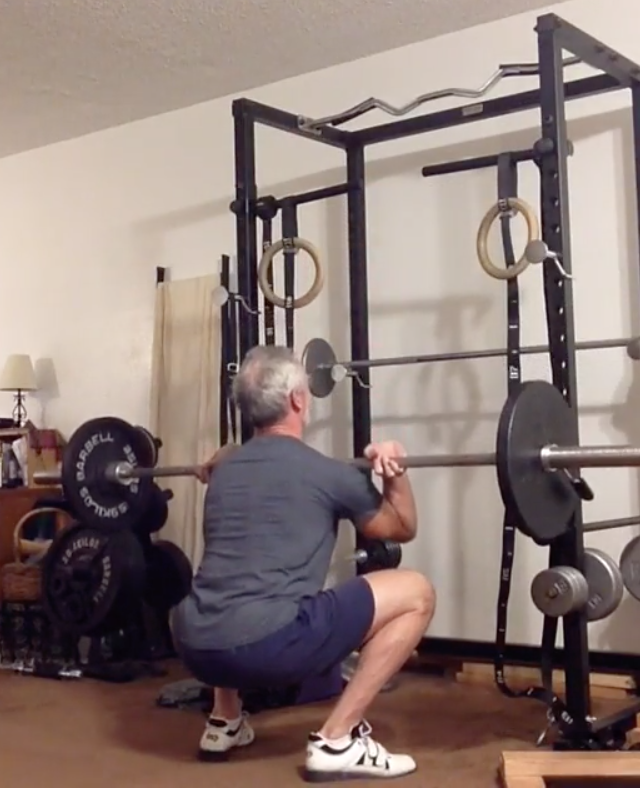 |
Once again, as shown in the IG video above, you can get increase the efficiency of muscular loading and reduce the external load requirement by moving slowly. Take about 5 seconds to descend into the bottom, pause about a second, then squeeze upward, taking about 5 seconds to ascend. At the top, stop before your knees completely straighten, and smoothly turn around and repeat. You will not be able to use as much load as if you moved more quickly, but you will actually develop more tension and fatigue in the hips and thighs – and therefore get better results – by moving slowly with less external load.
You can also perform front squats with the X3 Bar. This has the advantage of variable resistance. The load is reduced in the deep position where you are most vulnerable to injury, and increases as you ascend.
Tuck Split Squats
Tuck split squats enable you to intensely train the hips and thighs with a deep squat without putting a heavy load on the lumbar spine. They also allow you to train each leg separately, which reduces difference in strength between right and left legs. If you don't have a squat rack or X3 bar, you can even make the tuck split squat your only squatting exercise. Tuck split squats are also an excellent way to build up strength for the pistol squat if you want to master the pistol squat. Read my page on the tuck split squat to learn how to perform it.
If desired, you can eventually graduate from the tuck split squat to the pistol squat. Sometimes I do training phases wherein I do 2 sets of squats in a lower body training session as 1 set of pistol squats followed 3 minutes later by 1 set of front squats, as shown below.
Squats Summary
You must squat hard and progressively to develop your hips and quadriceps.
The Gaining Strength basic program can include either front squats, tuck split squats, back squats, or some combination of bilateral and unilateral squats. I prefer and most highly recommend combining front squats and tuck split squats or another single-leg squat variation.
Notes
1. McMahon GE, Onambele-Pearson GL, Morse CI, et al.: How deep should you squat to maximize a holistic training response? Electromyographic, energetic, cardiovascular, hypertrophic and mechanical evidence. Chapter 8 in Electrodiagnosis in New Frontiers of Clinical Research. http://dx.doi.org/10.5772/56386.
2. Hartmann H, Wirth K, Mickel C, et al. Stress for Vertebral Bodies and Intervertebral Discs with Respect to Squatting Depth. J Funct Morphol Kinesiol 2016;1:254-268. doi:10.3390/jfmk1020254.
3. DeFOREST BA, Cantrell GS, Schilling BK. Muscle Activity in Single- vs. Double-Leg Squats. Int J Exerc Sci. 2014;7(4):302–310. Published 2014 Oct 1.
4. Cappozzo A, Felici F, Figura F, Gazzani F. Lumbar spine loading during half-squat exercises. Med Sci Sports Exerc 1985 Oct;17(5):613-20.
5. Chow, J. (2009). A Biomechanical Comparison of Back and Front Squats in Healthy Trained Individuals. Journal of Strength and Conditioning Research, 23(1), 284-292.
6. Comfort, P., et al. An Electromyographical Comparison of Trunk Muscle activity During Isometric Trunk and Dynamic Strengthening Exercises. Journal of Strength and Conditioning Research. 2011. 2591), 149-154.
Recent Articles
-
Ancient Roman Soldier Diet
Apr 14, 25 05:19 PM
A discussion of the ancient Roman soldier diet, its staple foods and nutritional value, and a vegan minimalist version. -
High Protein Chocolate Tofu Pudding
Jul 01, 24 12:41 PM
A delicious high protein chocolate tofu pudding. -
Vegan Macrobiotic Diet For Psoriasis
Sep 05, 23 06:36 PM
Vegan macrobiotic diet for psoriasis. My progress healing psoriasis with a vegan macrobiotic diet. -
How Every Disease Develops
Aug 04, 23 06:22 PM
How every disease develops over time, according to macrobiotic medicine. -
Why Do People Quit Being Vegan?
Jun 28, 23 08:04 PM
Why do people quit being vegan? How peer pressure and ego conspire against vegans. -
Powered By Plants
Mar 16, 23 08:01 PM
Powered By Plants is a book in which I have presented a lot of scientific evidence that humans are designed by Nature for a whole foods plant-based diet. -
Carnism Versus Libertarianism
Dec 30, 22 01:55 PM
Carnism Versus Libertarianism is an e-book demonstrating that carnism is in principle incompatible with libertarianism, voluntaryism, and anarchism. -
The Most Dangerous Superstition Book Review
Nov 15, 22 08:46 PM
Review of the book The Most Dangerous Superstition by Larken Rose.

